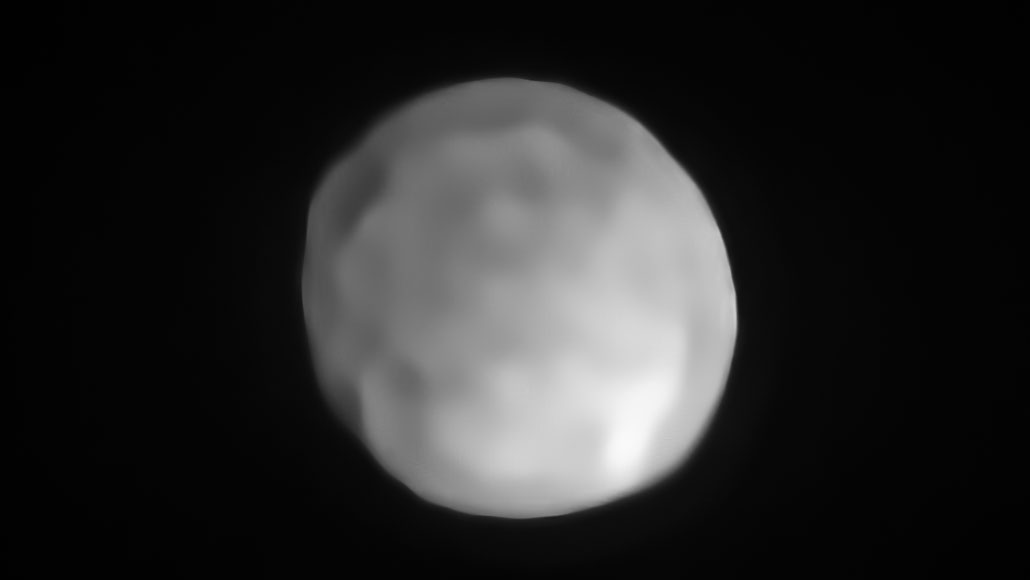
High-resolution telescope images reveal that the asteroid Hygiea (pictured) may not be an asteroid at all, but instead a dwarf planet — and the smallest one yet.
ESO/P. Vernazza et al./MISTRAL algorithm (ONERA/CNRS)

High-resolution telescope images reveal that the asteroid Hygiea (pictured) may not be an asteroid at all, but instead a dwarf planet — and the smallest one yet.
ESO/P. Vernazza et al./MISTRAL algorithm (ONERA/CNRS)